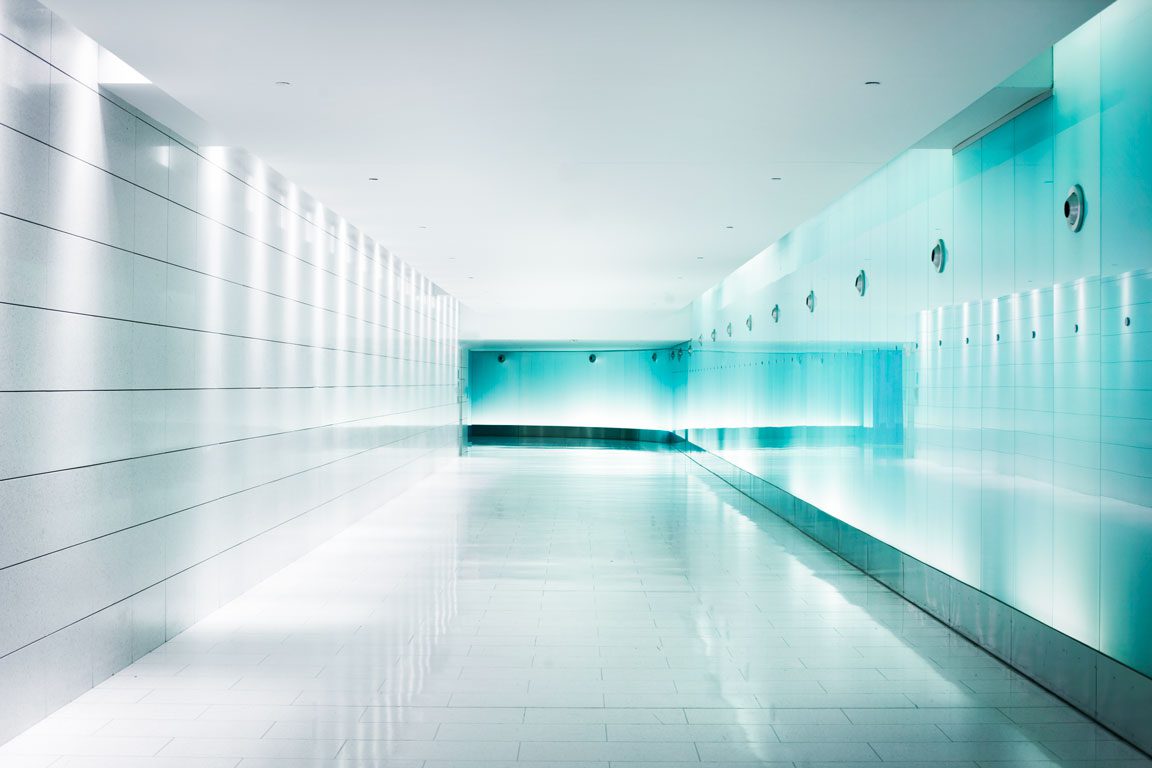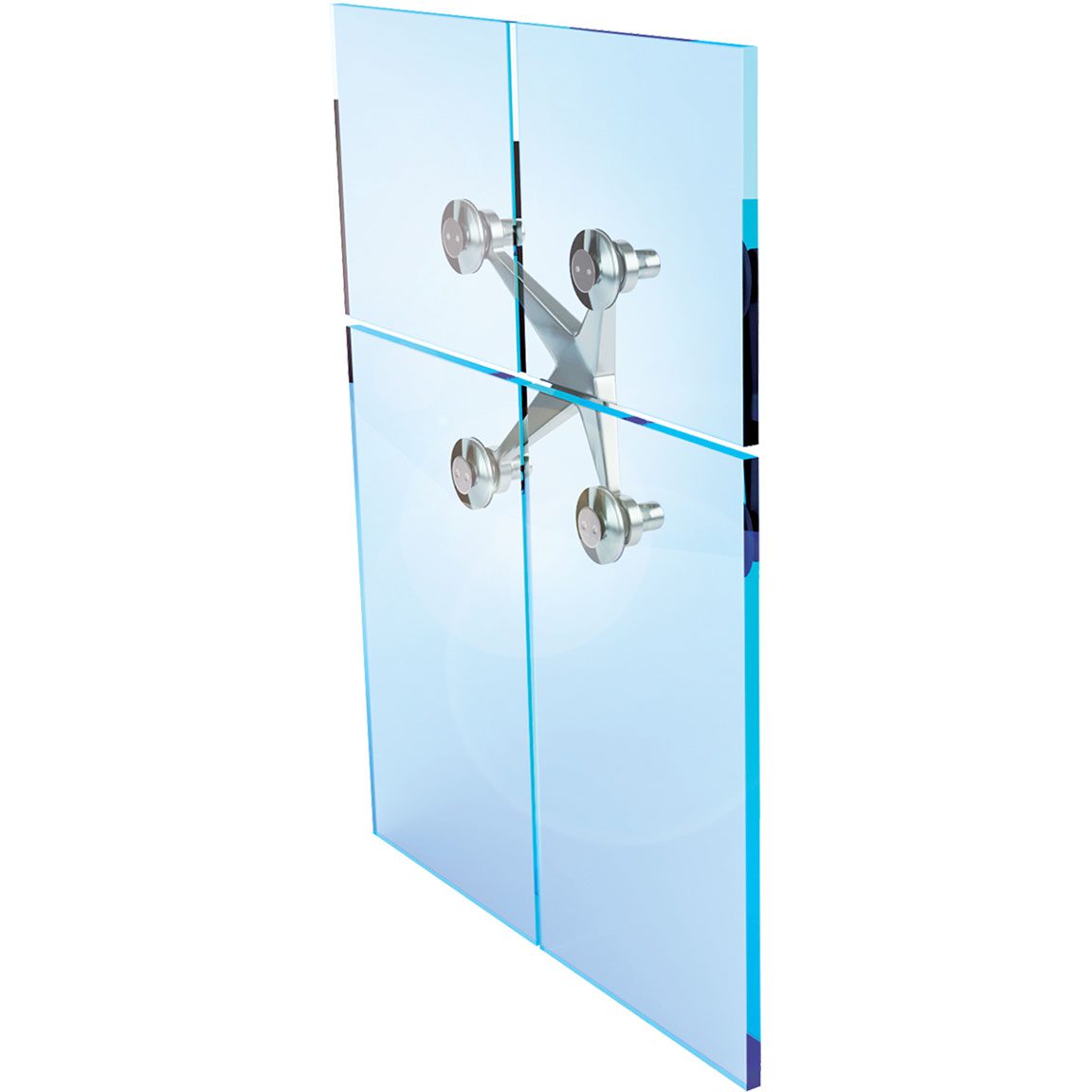Architectural glass is available in a wide range of types with varying specifications and qualities. This post highlights three varieties of architectural glazing we have utilized on projects throughout New York.
Oversized Glazing
Oversized glazing incorporates large glass panels, providing large surfaces that create a unique aesthetic. These glass panels can seamlessly integrate indoor and outdoor spaces.
The Benefits of Oversized Glazing
Maximized Views
Oversized glazing allows for expansive, unobstructed views, connecting indoor spaces with the surrounding environment.
Natural Light
Large glass surfaces maximize natural light penetration, creating bright and open interiors.
Design Impact
It makes a bold architectural statement, contributing to modern and contemporary design aesthetics.
Integration with Environment
Oversized glazing seamlessly integrates indoor and outdoor spaces, enhancing the overall living or working experience.
Ventilation Options
Some oversized glazing solutions may incorporate operable panels or doors, offering ventilation options.


Structural Glazing
Structural glazed systems involve bonding reinforced glass panels to the frame, supporting the structure of the building. These glass panels typically hold up the structure’s weight without the need for metal caps or plates.
The Benefits of Structural Glazing
Sleek Aesthetics
Structural glazed systems provide a sleek and modern appearance with minimal visible framing.
Uninterrupted Views
The absence of visible framing elements results in clear, uninterrupted views.
Versatility
Suitable for a variety of architectural styles, including those with a focus on clean lines and a contemporary look.
Customization
Structural glazed systems can be customized to accommodate various shapes and sizes comprising the architectural structure, offering design flexibility.
Point-Supported Glazing
Point-supported canopies and facades are comprised of stainless steel spider fittings and tempered glass designed to resist site specific design loads. Glass attachment fittings are designed to flex when the glass is under loading to reduce stresses in the glass at the point fitting. Spider fittings are typically bolted to a steel back-up structure.
Point-supported systems are ideal for various architectural applications and can incorporate different types of insulated glass, including:
- Low-emissivity (low-e)*
- Laminated glass
- Monolithic tempered glass
*What Is Low-E Glass?
Low-e glass minimizes the quantity of ultraviolet and infrared light that can pass through. Additionally, low-e glass does not compromise visible light transmission.
The Benefits of Point-Supported Glass
Contemporary Design
Point-supported glazing systems contribute to a contemporary and minimalist architectural aesthetic.
Architectural Freedom
Offers architects the freedom to design unique and innovative structures with a focus on transparency and durability.
Enhanced Structural Performance
The point-supported system evenly distributes loads, providing structural stability.
Interior Light Quality
Allows for optimal daylighting, improving the quality of light in interior spaces.

Contact us today so we can help you choose the ideal type of architectural glazing for your upcoming construction project.

